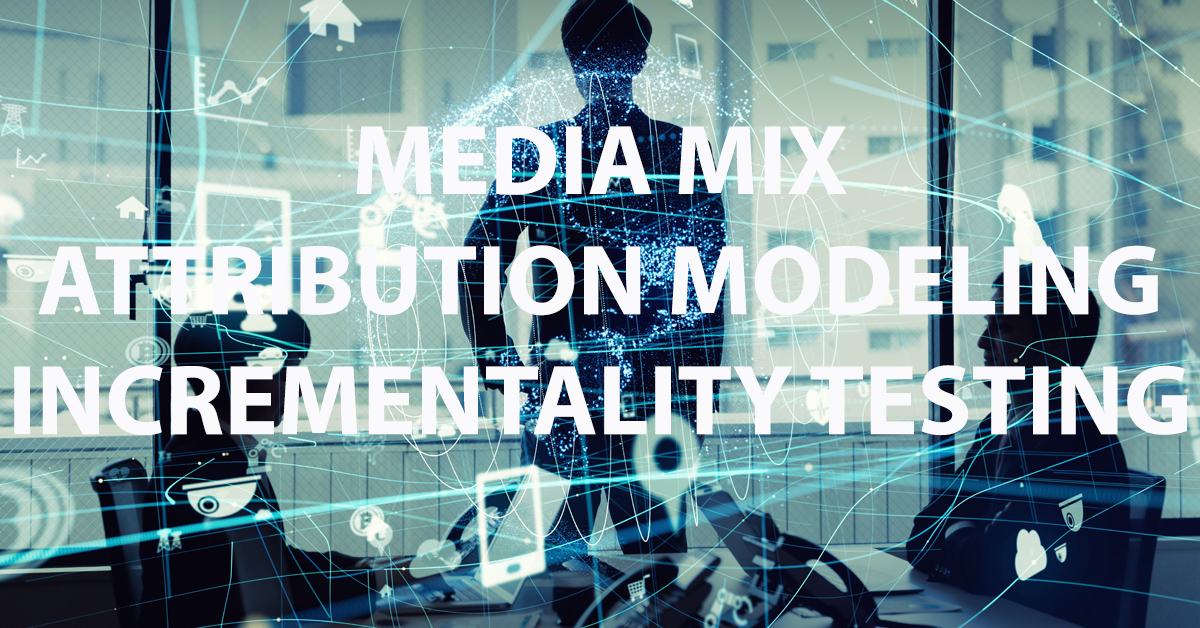
6 Key Drivers for Outstanding Performance Marketing
Before we dive deeper into the subject, it is probably beneficial to spend some time elaborating on what is the difference between marketing in its traditional sense and performance marketing. According to Philip Kotler ‘The Father of Modern Marketing’ the definition of marketing is really the old fashion “… identifying and meeting human and social needs” or the short version “… meeting needs profitably”. The American Marketing Association offers the following longer and more official version: “Marketing is the activity, set of institutions, and processes for creating, communicating, delivering and exchanging offerings that have value for customers, clients, partners, and society at large.”
While the objectives and purpose of marketing has not changed much over the years, the actual techniques and advertising channels have evolved immensely up to a point of digital dominating the space. Now this is where Performance Marketing comes in. By default, many of us marketeers would think of performance and digital marketing as one and the same, however I would like to highlight that digital is a much wider term and can stretch beyond performance. Digital is extensively used for brand marketing, brand positioning, whilst performance marketing is about selling services, products, driving leads and obsessing with clear targets and measured KPIs (Key Performance Indicators). Performance, just like the word implies is about driving results and delivering on targets. Therefore, even though most of the time performance marketing is indeed digital, there are significant differences and should be kept distinct.
- Know your customer:
This topic is supposedly basic and yet very crucial to the success of performance marketing. We all know the 4Ps (Price, Product, Promotion and Place), however one P that sits in the middle of all four is People (the 5th element). Everything we do should start with the consumer in mind. We need to have clear understanding of who our target audience is and build highly customised end-to-end user journeys. Mass marketing has been long gone out the window, and personalization, also called people marketing is the new norm. Segmenting audiences based on common patterns and characteristics like intent, browsing / shopping / booking behaviour, demographic (the who) and psychographic (the why), profiling and personalizing conversion funnels towards respective audiences is essential to drive performance.
Build optimum digital architecture:
Establishing functional digital architecture is a bit tricky and perhaps the most controversial area. What is considered basic foundational digital architecture for some, could be perceived as totally unnecessary for other organizations. The purpose of having the right digital architecture is to support and facilitate optimum performance marketing. Listed are some of the more prevalent components: CRM, CDP, DMP, CM, DSP, DAM.
- CRM – Customer Relationship Management (Manages customer records and interaction with the company)
- CDP – Customer Data Platform (Unifies the customer records and makes it accessible to other systems)
- DMP – Data Management Platform (Collecting and managing audiences, used to target campaign segments)
- CM – Campaign manager (Used to serve ads, track performance, status, and delivery)
- DSP – Demand Side Platform (Manages ad exchanges, ad networks in a single interface)
- DAM – Digital Asset Management (A software designed to manage digital assets, providing secure access to stakeholders, platforms, and systems)
Enable seamless consumer end-to-end journey:
In other words, ensuring that platforms (website, mobile app) serve the purpose in the most effective way. Focus on optimizing UX (user experience and navigation) and enhancing UI (user interface). This is where personalization comes in place, one size does not fit all. Going back to point 1, knowing your audience and respectively building highly customed and unique user journeys for each audience is essential. Another aspect to keep in mind is running ongoing A/B, MVT testing to guarantee user journeys (path to conversion) are optimized and drive the required results.
Activate appropriate media channels:
Media in itself is a whole different topic. Digital channels vary significantly for each audience, market, campaign etc. We need to understand what works and activate accordingly. The most used media channels / digital marketing techniques include the following: Search, Display, Social, Affiliate, Email, Meta (somewhat unique to travel), and Content marketing (ePR).
- Search – The marketing technique leveraged to gain visibility and drive traffic from the major search engines like (Google, Bing, Baidu, Yandex etc.). Search is split in two main categories Paid Search (PPC – Pay Per Click) and Organic Search (SEO – Search Engine Optimisation).
- Display – Originally known as banner advertising. However, this is probably the most evolved field which now features video, programmatic buying, site takeovers etc.
- Social – Similar to search, this technique is used to gain presence across major social media networks like (Facebook, Instagram, Linkedin, Twitter, Snapchat, TikTok etc.) Social is also sub-divided in few main areas: paid, organic and community management.
- Affiliate – Usually a performance-based marketing in which the business is partnered with affiliates (most often publishers), who advertise the products or services in return for some sort of compensation.
- Email – As the name suggest, the techniques is focused on leveraging email as a channel to promote products and services. Like with the rest of the channels, key factors to ensure success are audience segmentation and relevancy. Shopping cart abandonment and remarketing have become the standard these days.
- Metasearch – Perhaps the best way to describe meta-search is as search aggregator platform specializing in distinct vertical. Metasearch has established itself as one of the best marketing channels for the travel industry in the recent years.
- Content marketing / ePR – Is the way of creating enticing, useful content to draw traction and publicity indirectly towards the business.
- Some of the other marketing techniques we can mention along with the above are SMS and Messaging.
Leverage data science & analytics:
Data science and analytics are the bases for most of the decisions taken to drive performance marketing. Crucial factors here are:
- Ensuring accurate data layer integration and capturing the right information.
- Establishing robust BI (Business Intelligence) and actionable real-time reporting in a comprehensive manner.
- Data visualization catering to all relevant stakeholders.
Understanding what works and what does not is the first step towards better performance. Relevant, timely and actionable data is the key to successful business. Performance tracking based on data driven attribution modelling is the secret recipe for driving profitable enterprises.
Ongoing performance optimization:
Putting the foundations outlined in points 1 – 5 is just the beginning. Once the complex engine of performance marketing is running, the business needs to strive for continues improvement. Every self-respecting business should have a culture of testing and optimisation deeply engraved in its DNA. Having the right capability to test products, services, user journeys, offers, messages, CTAs (call to action), creative concepts and adapt strategies accordingly is what differentiates winners from the rest. The business should have the means to A/B, MVT test and aggregate data from consumer touch points analysis, predictive and regression modelling to navigate the competitive environment and steer in the right direction.
The only constant in life is change and implementing robust and intelligent Performance Marketing practices in place will provide the edge to stay ahead of the curve.







